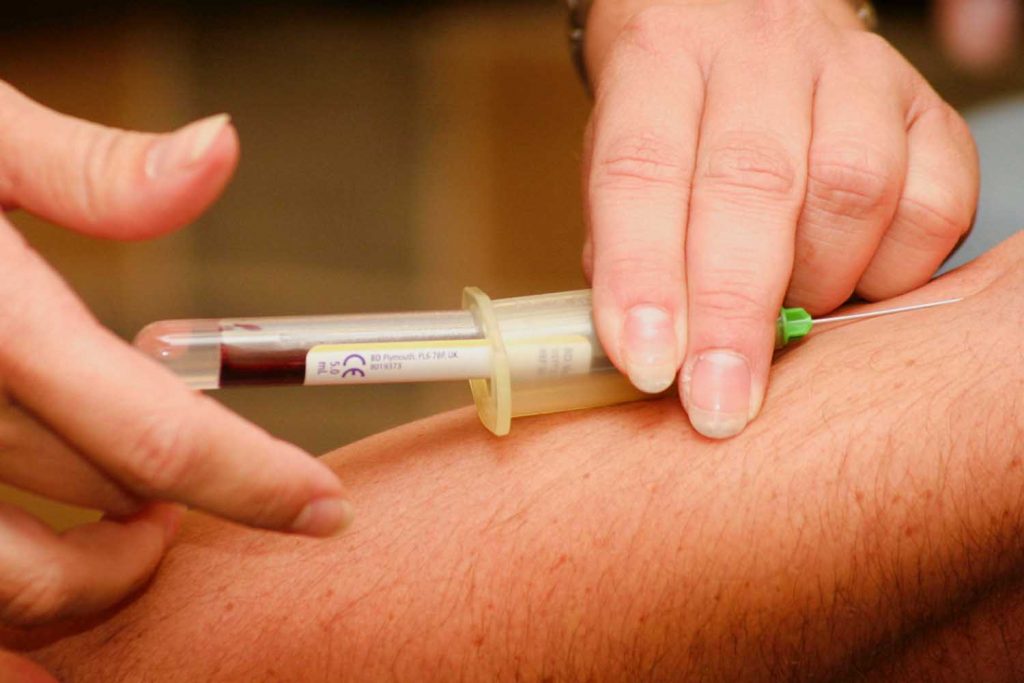Aneurysm
An aneurysm is a bulging, weakened area in the wall of a blood vessel resulting in an abnormal widening or ballooning greater than 50 percent of the normal diameter
Cerebral Aneurysm
A cerebral aneurysm (also called an intracranial aneurysm or brain aneurysm) is a bulging, weakened area in the wall of an artery in the brain, resulting in an abnormal widening or ballooning. Because there is a weakened spot in the artery wall, there is a risk for rupture (bursting) of the aneurysm
Chronic Venous Insufficiency
Chronic venous insufficiency occurs when the leg veins do not allow blood to travel back to the heart.
Peripheral Vascular Disease
Peripheral vascular disease (PVD) is a slow and progressive circulation disorder. It may involve disease in any of the blood vessels outside of the heart and diseases of the lymph vessels – the arteries, veins, or lymphatic vessels.
Pulmonary Embolism
A pulmonary embolism (PE) is a blood clot that develops in a blood vessel elsewhere in the body (most commonly from the leg), travels to an artery in the lung, and forms an occlusion (blockage) of the artery.
Renal Vascular Disease
Renal vascular disease is the name given to a variety of complications that affect the arteries and veins of the kidneys.
Stroke (Condition)
Stroke, also called brain attack, occurs when blood flow to the brain is disrupted.
Thoracic Aortic Aneurysm
A thoracic aortic aneurysm, also called TAA, is a bulging, weakened area in the wall of the aorta (the largest artery in the body), resulting in an abnormal widening or ballooning greater than 50 percent of the normal diameter (width)
Thrombosis
Thrombosis occurs when clots obstruct veins (blood vessels that carry blood from the body back into the heart) or arteries (blood vessels that carry oxygenated blood away from the heart to the body).
Varicose Veins
Varicose veins are enlarged veins that are visible through the skin and may appear as blue or purple twisted, knot-like cords.

